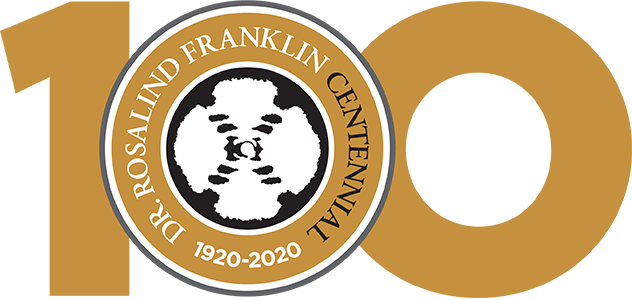A Precocious Child
From the time she entered a private day school at age 6, Rosalind was recognized by her adult relatives and teachers as exceptionally bright. She showed an early aptitude for math and science that defined her academic and professional career.
She was a gifted, conscientious student with a keen sense of justice and logic. She thrived on intellectual debate and frequently challenged others on their opinions and positions, a characteristic that helped her clarify her own understanding of highly complex subjects.
Rosalind also developed an interest in foreign languages — she studied German, French, Latin and Hebrew — and athletics. She excelled at school sports, like cricket, and she became an experienced trekker who loved to take long hikes in the mountains.
